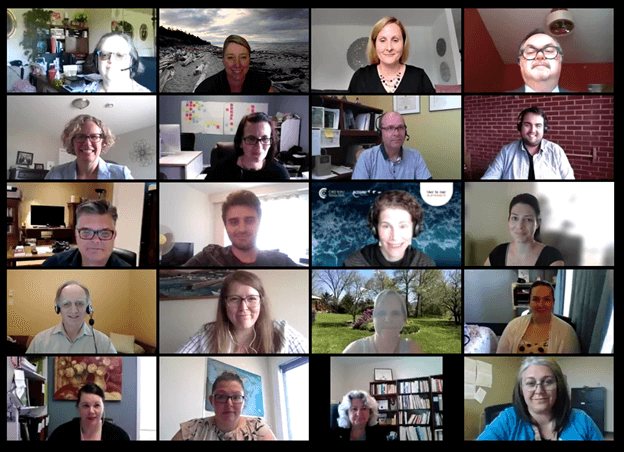Diving into the Blue Economy

Diving into the Blue Economy
Despite having the longest coastline in the world, Canada’s ocean economy is underperforming. Our ocean economy accounts for just 1.5% of our national economy compared to a global average of 3.2%. By comparison, Norway, with a population of just over five million people, has an ocean economy that is nearly seven times the size of Canada with 50% higher GDP per capita.
Currently, Canada’s ocean industries produce about $31.7 billion annually (about 1.6 percent of its GDP) and create nearly 300,000 jobs.
However, there is significant room for growth in Canada’s “blue economy”. That’s why CEDEC, in partnership with QCGN and Coasters Association, recently co-hosted a consultation with the Department of Fisheries and Oceans. The consultation gathered input from Quebec’s English-speaking community stakeholders for inclusion in Canada’s Blue Economy Strategy and highlighted how their resources and expertise can foster economic innovation to “build back better – and bluer” in post-pandemic recovery.
Opportunities for development within Quebec’s English-speaking community
As the pandemic disrupted global supply chains and transportation networks, in-country sourcing for food security has become a real concern.
Blue economy initiatives and enterprises in Quebec’s Lower North Shore have been exploring how to use raw materials in previously unimaginable ways and are demonstrating the types of innovative development opportunities possible with the right resources and talent.
The OECD is forecasting that the global ocean economy will more than double in size by 2030 to $3 trillion. With targeted investments that enable “applied research in place”, workforce development and training, and local business startups, we can help rural and remote communities to take advantage of these emerging opportunities.

Harvester's Guide: Starting a Raw Materials Harvesting Business on the Lower North Shore (QC)
The natural resources of Quebec’s Lower North Shore offer numerous opportunities for economic development in the region through the nutraceutical, cosmeceutical, and pharmaceutical industries.

Funded by the Enabling Fund for Official Language Minority Communities and by the Government of Canada

